
Blog, Ingrown Nails

Blog, Uncategorized

Ingrown toenail surgery—is it right for you?
What does ingrown toenail surgery involve?
Surgery to address an ingrown toenail (onychocryptosis) involves removing the bothersome nail and applying a chemical to prevent the nail from growing back.
In some instances it may be necessary or most beneficial to remove a small section of nail at one or both sides, but on the odd occasion the entire nail (total nail avulsion) will be removed.
It is a quick and simple procedure than is essentially pain free as it is performed with an injection of local anaesthetic.
Following surgery the toe is dressed and generally speaking there is little, if any, pain or discomfort. You may expect some throbbing that night or discomfort but this is most often managed well with paracetamol.
When is toenail surgery the best option?
Ingrown toenail surgery should not be considered first-line treatment for an ingrown toenail. It can be considered when:
- Other non-surgical methods have been exhausted
- The nail is involuted or curved
- Ingrown toenail is problematic, painful or recurring
- You understand the implications and potential complication of surgery
- You have discussed any concerns with your podiatrist
What are the advantages of clinic-based toenail surgery?
- No time in hospital
- No Sutures / stitches required – all completed under the nail plate
- No more recurrent ingrown toenails
- Pain free
- Minimal time off work
- Reduced episodes of infection and lesions (weeping, bleeding)
- In the majority of cases, ingrown toenail surgery is very successful
Dr Brenden Brown, podiatrist and founder of A Step Ahead Foot + Ankle Care, says, “Nail surgeries are not new for podiatrists; we perform them on a regular basis. It is part of our training at University so we are well versed in this surgery. It is carried out in our clinic and, due to our high level of training, is a fairly simple procedure.
“I often describe this surgery as ‘relatively pain free’. It is wrong to say any surgical procedure is ‘completely pain free’ but as procedures go our patients report very little, if any, pain. In fact, patients are frequently surprised at just how pain free it actually is!
“This procedure can certainly be of benefit and is recommended for patients who have a history of infection or recurrent ingrown toenails. It’s also very helpful for patients with involuted or very curved nails and toenails with areas that seem to catch the skin on the side of the nail.
“Patients often suffer from an ingrown toenail for many years with little idea where to go to for help.
“The days of painful surgeries with patients regularly experience nail re-growth are gone. It’s also important to remember that what you see on YouTube and other social media sites is often the ‘most horrible’ and ‘most atrocious’. If it wasn’t so gruesome you probably wouldn’t have been so motivated to watch and it likely would have got the “views” it did!
Related articles:
5 hacks to keep ingrown toenails at bay
ABOUT US
A Step Ahead Foot + Ankle Care is one of Sydney’s leading foot and ankle clinics. Principal podiatrist and founder of A Step Ahead Dr Brenden Brown (AKA Dr Foot) has been taking care of people’s feet for more than 20 years.
With a background in sports medicine and having served as a former president of the Australasian Podiatry Council, Brenden is a wealth of information when it comes to foot and ankle care.
Got a question? Check out our Instagram profile #AskDrFoot
Tune into our Facebook page for regular live videos and updates on the latest foot and ankle advice from the experts.

Blog, Uncategorized

5 hacks to keep ingrown toenails at bay
What causes an ingrown toenail?
Ingrown toenail (known medically as onychocryptosis) is a condition where the edge of the toenail (most commonly on the big toe) pierces or catches on the skin as it grows up.
MYTH: Nails only grow upwards they do not on any occasion grow outwards towards the side.
There are several causes of an ingrown toenail but probably the most widespread is poor toenail-trimming technique. Cutting down the side of the nail is a major no-no. Why? Because even the smallest spike of nail can grow up and penetrate, or get caught on, the skin.
The ingrown slither of nail acts like a splinter; the skin around it thinks it’s a foreign body and becomes inflamed and infected.

5 hacks to prevent ingrown toenails
- Clip with caution. Trim toenails straight across. DO NOT cut down the sides of the nail and refrain from cutting nails too short
- Refrain from ripping the nails down the sides. We have all done this! You cut but you can’t get that last bit of nail, so you abandon the clippers and rip the last piece down the side. This leaves a sharp spike, which may not be painful now but in following days it will grow upwards and catch on the skin piercing it creating the subsequent infection and PAIN!
- Ditch footwear that is too tight or constricts the toes from moving. This can push the nail into the skin causing irritation and infection
- Steer clear of unqualified people offering to remove ingrown toenails. While this may sound somewhat self-serving, there are an increasing number of nail salons offering to perform this sort of work. Removing the nail breaks the skin barrier, which can easily become infected. Whilst your podiatrist makes it look easy that is because it’s what they have been trained to do and complete on a regular basis.
- Adhere to best-practice foot care by keeping feet clean and dry to avoid weak, splitting nail and fungal infections.
How to fix ingrown toenails — at home
To treat an ingrown toenail at home you can try: Cutting the nails straight across and applying an antibiotic cream to help reduce the risk of infection and subsequent inflammation. You can also use a nail file to round the corners!
MYTH: Cutting a V in your toenail will not make it grow inwards; nails only grow upwards. While the V may look like it’s closing in, this is an illusion as you are trimming the top of the V, making it appear like the V is getting smaller over time.
Applying a small piece of cotton wool between the ingrown nail and the skin can help life the nail, hopefully clearing it and preventing the nail from piercing the skin again.
Avoid wearing high heels, pointed or tight fitting shoes as these can place pressure on the affected area, potentially delaying healing.
The professional approach
Dr Brenden Brown, podiatrist and founder of A Step Ahead Foot + Ankle Care, says, “If the toenail turns into a monster and becomes red, angry or infected—It’s definitely time to seek professional advice.
“A podiatrist can easily treat an ingrown toenail by removing the troublesome spike of nail. In most cases this is a quick (takes minutes) and simple procedure, which is completely painless.
“Following the removal of the nail spile, the toenail area is cleaned and, if infection has been present, the toe will be dressed.
“In extreme cases, toenail surgery may be required. This will generally only happen if the patient has a repeated history of recurrent in grown nails or if the nails shape means it requires removal of that section, such as when it is involuted or excessively curved.
“It is more rare than most people think to remove a whole nail as we can manage these well conservatively”
Related articles:
Ingrown toenail surgery—is it right for you?
ABOUT US
A Step Ahead Foot + Ankle Care is one of Sydney’s leading foot and ankle clinics. Principal podiatrist and founder of A Step Ahead Dr Brenden Brown (AKA Dr Foot) has been taking care of people’s feet for more than 20 years.
With a background in sports medicine and having served as a former president of the Australasian Podiatry Council, Brenden is a wealth of information when it comes to foot and ankle care.
Got a question? Check out our Instagram profile #AskDrFoot
Tune into our Facebook page for regular live videos and updates on the latest foot and ankle advice from the experts.
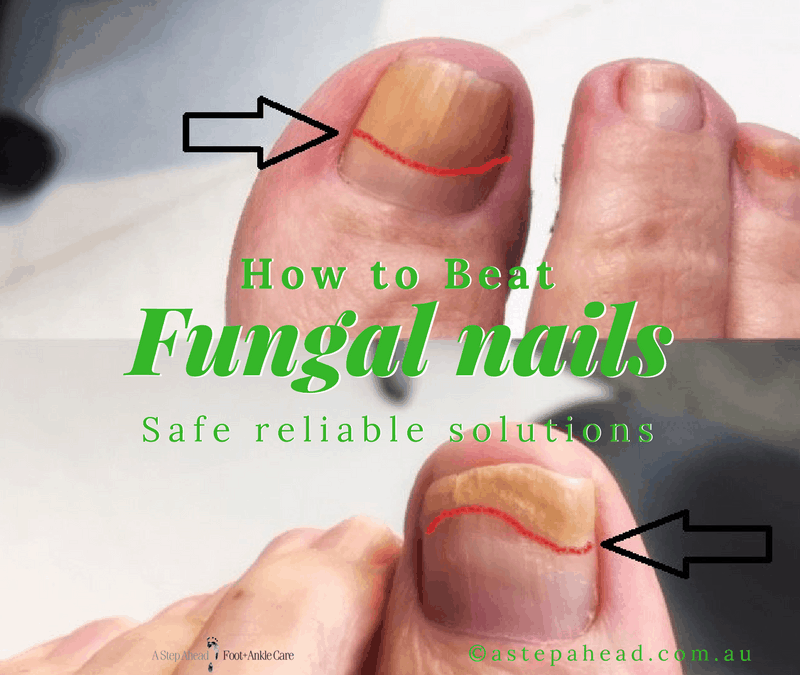
Blog, Fungal Nails
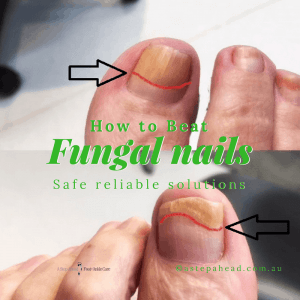
Before the Laser therapy the entire nail was yellow and infected
How do you beat fungal nail infections?
Tanya was frustrated!!
“I have tried everything! Its driving me crazy!”
“I have tried Vicks”
“I have tea tree oil”
“I think I have tried all the ointment creams and paints that the pharmacy stocks”
“I have even tried toothpaste!!!”
“I can’t kill this nail Fungus!!!”
This is what Tanya said to us when she attended our clinic. Frustrated and embarrassed Tanya is not alone in feeling this way. Nail fungus can be embarrassing and yes it can take years and years to beat and for many people they never do, until now.
What do Fungal nails look like ?

Fungal nails before therapy – this is an extreme case and what nails may look like without treatment
Yellow, Brittle, worm eaten, unsightly, a single line though the nail to an entire worm eaten slightly smelly mess is what a fungal nail can look like. It often starts small, a slight and small line developing in the nail. It may look like the nail is lifting and you may think you simply bumped it.
Accurate diagnosis can be frustrating while you may self-diagnose the condition after looking at “Dr Google” it can be easy to find photos and information on the net. Asking friends and relatives will help as well (Let’s face it everyone’s an expert and everyone has a cure!) However lots of people find that on visiting their GP that despite testing the results often come back negative – yes despite those yellow worm eaten toenails! Now there’s a reason for that, if you’d like click this link it may help explain why. https://astepahead.com.au/fungal-nail-with-false-negative-results/
So after you’ve tried all the paints and ointments from the pharmacy, all the home remedies from Vicks to tooth paste. Where do you go to from here?
An answer for stubborn nail fungus
After many years in Podiatry and feeling the frustration of literally tens of thousands of patients I took the decision to look for a solution to chronic fungal toenails. Each year I see literally hundreds of patients who have struggled with this horrible condition and yes many of these patients have tried multiple creams lotions and medicament with no relief just like you! Frustrated by this and along with some Podiatry friends, I decided to look worldwide for a solution that would be safe simple and pain free for patients.
Laser is now used to kill fungal infections in nails
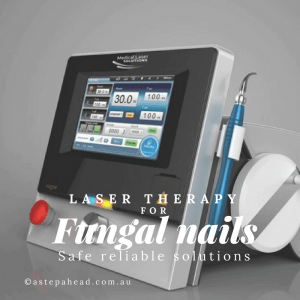
Laser therapy for fungal nails is a fast effective and reliable solution to fungal nails
In search of an answer I attend a conference in America and after some research found the Class 4 Diode laser which we introduced almost 3 years ago now. Finally we had found an answer which provided patients with simple and safe solution to a complicated problem.
Laser therapy is a highly effective treatment for this embarrassing and health effecting problem. Our clinical effectivity rate is well over 85% and reaching 95%. We hear of others using laser with lesser result and we believe it, we have developed a detailed system of after care to help you keep the fungus away! But more on that later!
A summary – why choose laser:
- Highly effective – Fast results
- Safe – No side effects!
- No Aesthetic required
- Comfortable with minimal discomfort – think laser hair removal.
- Nail Polish can be applied immediately after you leave
- No need to take medication
So what after all of Tanya’s frustration did we do?
We undertook a laser session with Tanya, laser takes approximately an hour , yes it can be a little uncomfortable , most patient who have experienced it compare it to laser hair removal. We then treated Tanya’s shoes and helped her with how to beat the fungus at home and from returning.
We held a free check-up for Tanya at 2 months after our initial treatment and she was ecstatic! After 7 years her nails had developed a clear line where new FUNGAL free toe nail had started to grow!!!!
We went through again what steps she could take to stop this from re occurring however with such a fantastic result we suggested Tanya only needed to return if her fungus did – which we didn’t expect!
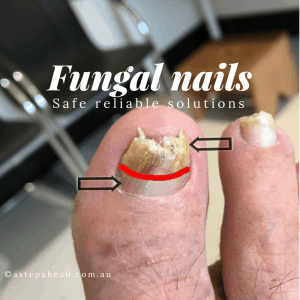
Laser therapy for fungal nails
So how can we help?
If you feel you may have a fungal nail and would like to finally get on top of things we would love to be able to help! We have now helped hundreds of patients just like you beat their nasty fungal nail condition and we’d like to be able to help you as well!
We are located in Sydney’s Western suburbs, unlike Macquarie street where parking is 65 dollars an hour our parking is free and out the front! We are conveniently located minutes off the M4!
Please call our smiley and friendly clinic staff who can help you through the process and answer any questions we haven’t on 96732987 or 47322007.

Blog, Uncategorized
Ingrown toe nails
Lisa had pain from an ingrown toenail for several months she felt she had tried everything including trying to remove the ingrown nail herself. A friend of hers told her just to cut a V into her toenail – which sadly didn’t work. She tried a shopping centre nail salon but they turned her away saying they could not help her. She also visited her GP who was some help and prescribed some antibiotics as by this time the nail had become a little pustulent. However while this cleared up the infection that had occurred it did not take away the pain for more than a day or so and she found that her problem returned a little while after her antibiotics ran out.

This ingrown toe nail requires treatment by a podiatrist
When Lisa visited our A Step Ahead foot and Ankle clinic her toe was red around the area where the nail meets the skin on the side of the toe. It became obvious that what had happened was that Lisa’s toe nail was quite ingrown and that the answer was to remove the offending piece of nail. By this time Lisa was quite upset and was worried about how painful it was going to be to remove the nail.
Treatment
We offered Lisa the option of having a local anaesthetic injection but we assured her that our experience podiatrist see infected ingrowing nails several times daily. With this experience our practitioner are very good at removing these with little if any pain. In this instance Lisa opted to try without the anaesthetic injection. Within a couple of minutes the ingrown nail was removed from the infected area with little if any pain, yes as many people are Lisa was surprised at how painless and easy it was – this left Lisa wondering why she had waited so long?
We asked Lisa to keep a small bandage on the toe for another four days. Simply to keep the area dry and free of nasty bugs and bits getting into the area, as it was already red and inflamed when she arrived. A check up in two weeks found Lisa to be pain free! She reported it took about 24 hours to calm down and has been completely pain free since and she can now go back to wearing her high heels ……….. hmmmmm


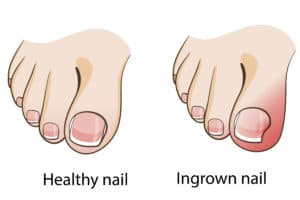
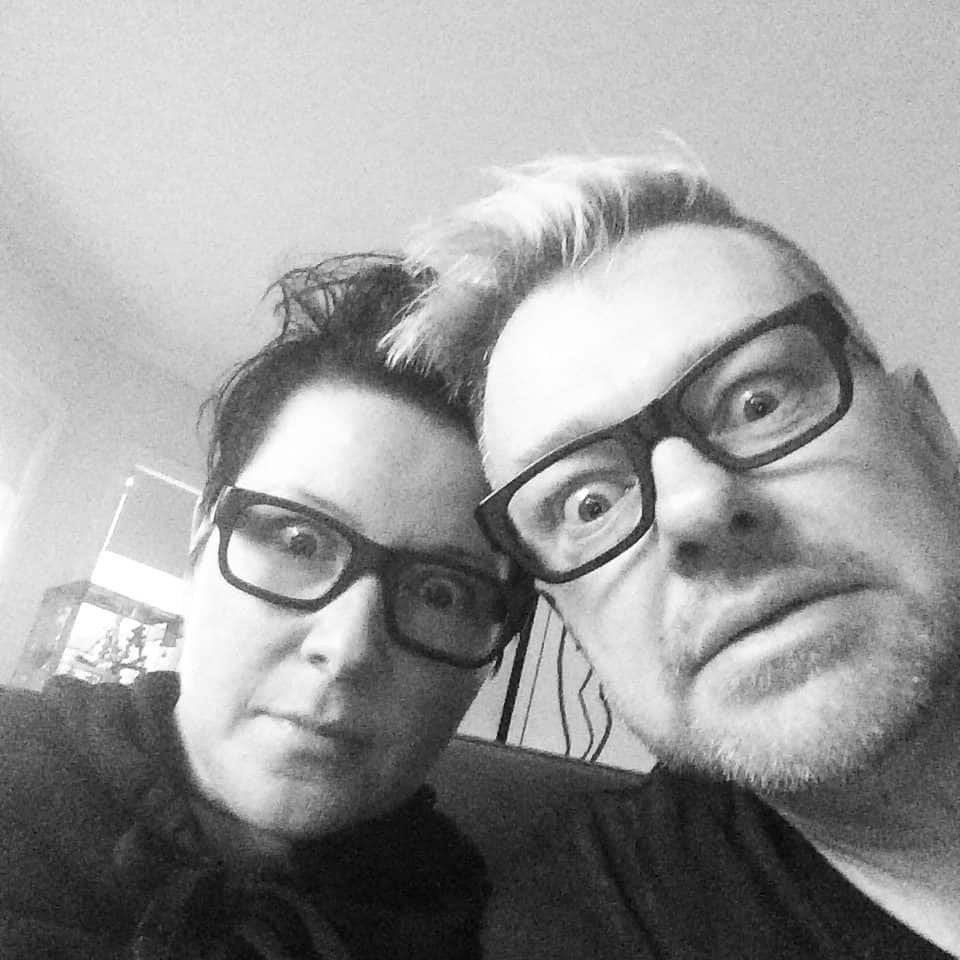 Founder of A Step Ahead Foot + Ankle Care in Sydney, and former president of the Australasian Podiatry Council, Dr Brenden Brown (A.K.A Dr Foot) is a wealth of knowledge on how to take care of your feet, including how to find the best shoes.
Founder of A Step Ahead Foot + Ankle Care in Sydney, and former president of the Australasian Podiatry Council, Dr Brenden Brown (A.K.A Dr Foot) is a wealth of knowledge on how to take care of your feet, including how to find the best shoes.














 Dr Brenden’s White paper report on the “6 Reasons You Won’t Beat Heal Pain” outlines what’s stopping you from beating this and tips on how to stop it in its tracks!
Dr Brenden’s White paper report on the “6 Reasons You Won’t Beat Heal Pain” outlines what’s stopping you from beating this and tips on how to stop it in its tracks!